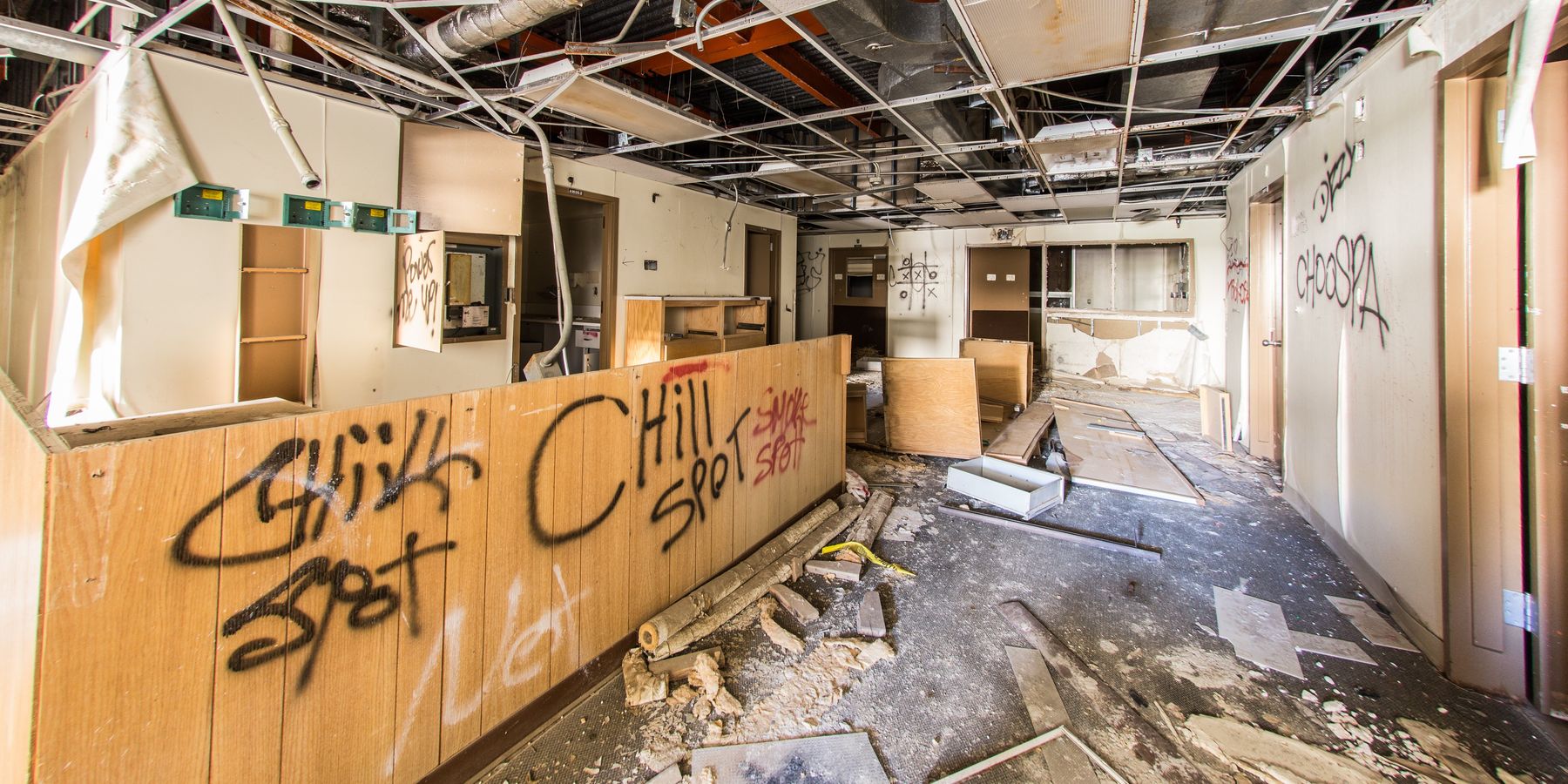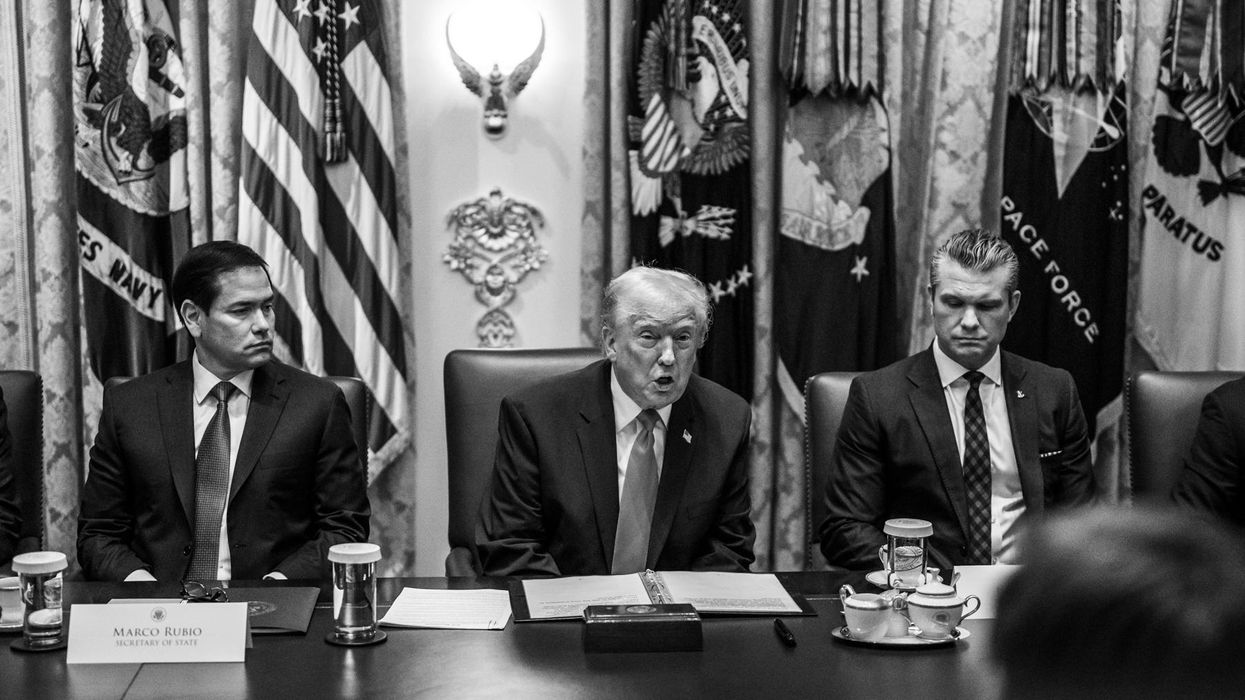In his search for saving taxpayers’ money, President Trump recently directed Elon Musk and the newly-created Department of Government Efficiency (DOGE) to take a closer look at the Pentagon. And their search is apparently already paying off.
“They’re finding massive amounts of fraud, abuse, waste, all of these things,” Trump declared.
If the administration is truly committed to cutting waste and maximizing efficiency, it should direct the Pentagon to examine how it is using its vast real estate holdings — an estimated 26 million acres in the United States alone. And if the Department of Defense were to make such an assessment, it is likely that it would justify another round of Base Realignment and Closure (BRAC), a process last initiated in 2005, in which an independent commission helps to select a list of bases to be realigned or closed, in consultation with affected communities.
Between 2013 and 2017, the Pentagon repeatedly requested another BRAC. The new Secretary of Defense, Pete Hegseth, seems open to the idea. In a series of responses in advance of his confirmation, Hegseth explained, “I will work with leaders in the Department and across the Executive Branch to assess whether another BRAC round is needed. If the President were to determine a BRAC is appropriate, we will work with Congress to identify and implement process improvements.”
This is where DOGE could help move the needle. For nearly a decade, a few members of Congress have steadfastly blocked any consideration of base closure or realignment, despite the fact that a 2017 Pentagon study found that it has 19% more capacity than it needs. If many of the Pentagon’s facilities are underutilized, or even entirely unused, releasing this land to be redeveloped could generate revenue for the federal government, and benefits to the surrounding communities.
This underutilization is precisely the kind of problem that DOGE is designed to root out. According to one estimate, savings from the prior five rounds of BRAC save taxpayers $12 billion annually.
“There are strong indications DOGE wants to reduce the federal government’s real property footprint and see if there is a way to cut some savings loose from DoD’s installations and infrastructure, though it remains to be seen if it will look or smell anything like BRAC,” explained Assistant Commander for BRAC Andy Napoli during a phone call with the authors.
Without Congressional approval to formally close bases, however, the Pentagon may quietly cut personnel and operations at certain facilities across the country, and redeploy them elsewhere. Ten years ago, Anthony Principi, chairman of the last BRAC, warned against such a "stealth" BRAC. “These reductions have a serious economic impact on local communities,” Principi wrote, “who are helpless to counter the Pentagon’s decisions.”
A stealth BRAC not only harms military communities, it also decreases military readiness. Blocking BRAC, Representative Adam Smith (D-WA) explained in 2016, “has the harmful and unintended consequence of forcing the Military Departments to consider cuts at all installations, without regard to military value.”
Under such circumstances, the military, the taxpayers, and the surrounding communities, would be better off with a formal closure, which would eventually deliver the property over to redevelopment.
We can see how this has played out from some of the bases and communities included in the 2005 BRAC. Take, for example, the case of Fort Gillem in suburban Atlanta. The former Army logistics hub is now the Gillem Logistics Center, home to a 1.3 million-square-foot warehouse for the Kroger grocery chain, as well as distribution centers for global brands such as Amazon, Boeing, Cummins, and Kuehne & Nagel. The facility is valued for its close proximity to Hartfield Jackson International, one of the nation’s busiest airports, as well as major interstate highways.
Those same factors attracted BlueStar Studios which currently operates two 20,000-square-foot sound stages, with plans to eventually have fourteen. BlueStar Studio CEO Rich Goldberg announced in 2022 that "Ninety-plus percent of the jobs” at the studio would be “for local Atlantans.”
We can also look at what happened at the former Naval Air Station Brunswick in Maine. A facility that once hosted sub-hunting P-3 Orion aircraft, but was mostly off-limits to civilians, now features a wide array of businesses, including a brewery in the former small arms firing range, and a public golf course. TechPlace, a business incubator, has helped launch start-ups in critical sectors such as aerospace, advanced materials, and life sciences.
Plus, there are 1,470 housing units on former base land, including over 500 constructed since 2018. The Midcoast Regional Redevelopment Authority (MRRA), which is responsible for managing the property, reported late last year that over $272 million in “new property valuation has been added to the property tax rolls in the town of Brunswick” accounting for over $6.5 million “in new property tax revenues for FY 2025.”
Even if Congress isn’t ready to consider a BRAC, they should not block a public assessment of the military’s needs. It has been eight years since the Pentagon released a formal study on excess capacity. And, as that report noted, it did not “provide the details necessary to identify specific infrastructure for elimination.” As part of a new assessment, the Pentagon could estimate possible savings from a future BRAC round.
“Even if DOGE does not recommend a round of base closures — which I doubt they will because their reform time horizon is much faster than the multi-year BRAC process -— the effects of what DOGE does recommend or implement could potentially rekindle interest in something like a BRAC process for rationalizing missions and functions across DoD after the fact,” said Napoli. “I could imagine DOGE analysts questioning why each military department needs certain functions of its own and directing development of plans to potentially consolidate functions into fewer locations, which is actually quite similar to what aspects of the 2005 round of BRAC recommended,” he added.
If DOGE directs the consolidation of a particular functional area or the downsizing of a certain workforce and leaves the implementation details to still be worked out, members of Congress might step in and request a more formal review to ensure they and their constituents have a seat at the table. This broadens stakeholder and community involvement — and diffuses the political downsides if the axe falls hard on a particular location.
If Trump is serious about cutting waste in the Pentagon, and also committed to helping mostly rural communities that are adjacent to many military bases, a new round of BRAC might fit the bill. After all, the Pentagon’s problems of excess and underutilized capacity will exist far beyond DOGE’s expiration date of July 2026.
















